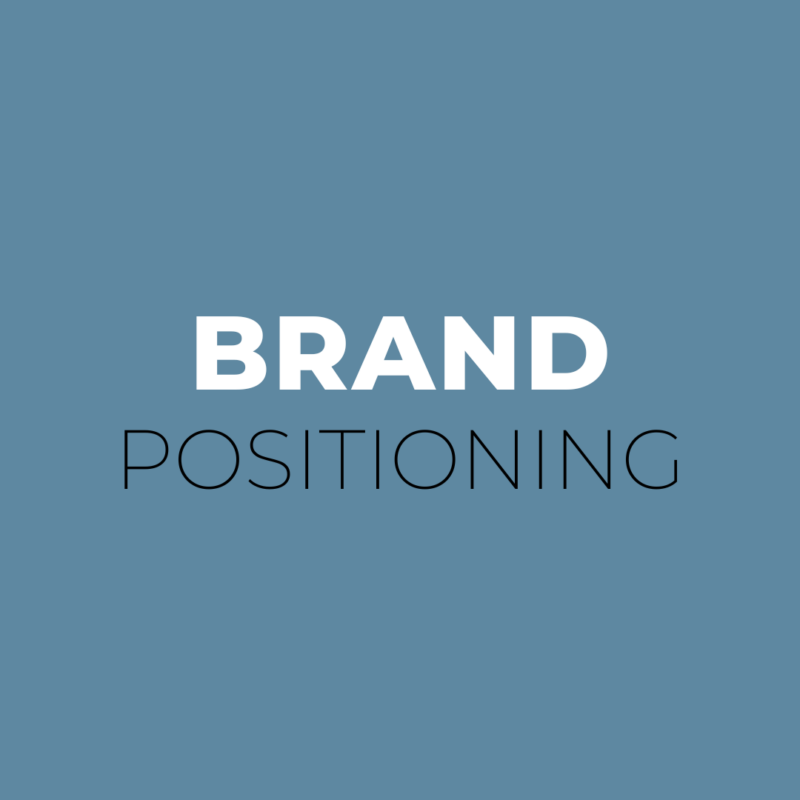Crisis Communication: What you don’t know WILL hurt you
Crisis communication and management is not the most fun element of public relations. It is certainly one of the most impactful, though, as how a company or organization handles a particular crisis can really make or break its reputation.
When a crisis breaks, the rapid and extensive collection of information is an absolutely vital first step. There may be a lot to learn about the situation in a very short amount of time so that initial steps to mitigate the crisis can be taken as soon as possible. However, effective PR professionals know that the real key to handling (and more so avoiding) any crisis is to be the bearer of extensive knowledge long before a crisis ever occurs. For it’s what you don’t know about your company, organization, product or service that will come back to haunt you when that crisis rears its ugly head.
Sometimes, PR professionals are given the cold shoulder by the C-suite when it’s time to gather this necessary data. We are known for asking a lot of questions, and often, [ineffective] executives believe it’s better to inform the PR team only when there’s a problem. On the contrary, it’s been proven more often that arming the PR team with as much knowledge as possible can deter potential problems.
Let’s look at some recent examples.
Volkswagen, one of the world’s largest automakers, had the covers pulled back on the company in 2015 when it was discovered that VW was installing software to help cars pass emission tests. Crisis experts have cited this as the biggest corporate crisis of 2015, and the company’s embarrassing journey has remained in the news over the past two years, with stories surfacing as recently as this month reporting the company’s guilty charge and $4 billion due to the U.S. government.
Initially, then-CEO Martin Winterkorn issued the assertion that he was unaware of the illegal maneuvering. Now, before you nod in assumption of the parallel to the “what you don’t know will hurt you” clause, know this: it was later determined that suppliers had spotted the problem at least six years prior and that VW was aware that an investigation was underway at least a year before the crisis broke. Crisis specialists concur that the company could have – and should have – developed a proactive communications strategy to mitigate the issues long before it became a major, reputation-damaging crisis.
Another very public recent example is Chipotle’s stomach-turning crisis, also in 2015, when the company was linked to a massive E. coli outbreak that spanned at least nine states and caused as many as 500 customers to be sick. In this case, crisis experts state that this problem could have been avoided in the early stages of the company’s existence. In an article in The Holmes Report, which analyzed the “Top 12 Crises of 2015,” Brian Ellis of PR agency Padilla CRT, noted that “when the company chose to go down the locally sourced path, a risk analysis would have recommended that Chipotle review its food safety protocols.”
Had Chipotle executives asked a few extra questions about what the pledge to serve “food with integrity” really meant and closely evaluated the processes needed to ensure the safe handling of the “locally sourced” and “fresh ingredients” they claimed to use, the company could have avoided the widespread loss of appetite for the brand.
So, while anyone armed with a generic crisis communication plan knows there are a lot of questions to be asked when a crisis first breaks, it’s the questions asked along the way that give PR professionals the tools to mitigate crisis outbreaks for the company.
In the fall 2016 issue of The Strategist, the monthly publication of the Public Relations Society of America, Dick Martin – a former EVP of PR for AT&T – penned an insightful article, titled “Character Study: Understanding the Root of All Crises,” where he lauded the leader of AT&T’s PR department in the early 1990s, Marilyn Laurie, describing her as “a slight woman of steely character” who “had the direct style of the cabdrivers and beat cops in Brooklyn.” He noted her success in mitigating a huge crisis in the early ’90s, when the company’s long-distance network suddenly stopped working. He stated that more than her in-the-moment tactics during the crisis, her real work to mitigate the crisis had been done years before when she worked diligently with the company’s managers to identify risks and plan out specific actions for any “unimaginable” event that could occur.
I think in the last two paragraphs of Martin’s article, in which he describes her ongoing interrogation of the company’s operations, we can draw a great standard for how all PR professionals should think of their role in their organization.
“She defined her role as steward of the company’s character. And to be honest, she drove plenty of her C-suite colleagues up the wall with her regular insistence on reviewing its current state… But throughout her career, she demonstrated that counseling done well, and centered on an organization’s character, makes advocacy less critical.”
It’s about what you know – so go on, ask all of those questions you have and arm yourself with the power to duck, dip, dive and dodge future potential crises.


